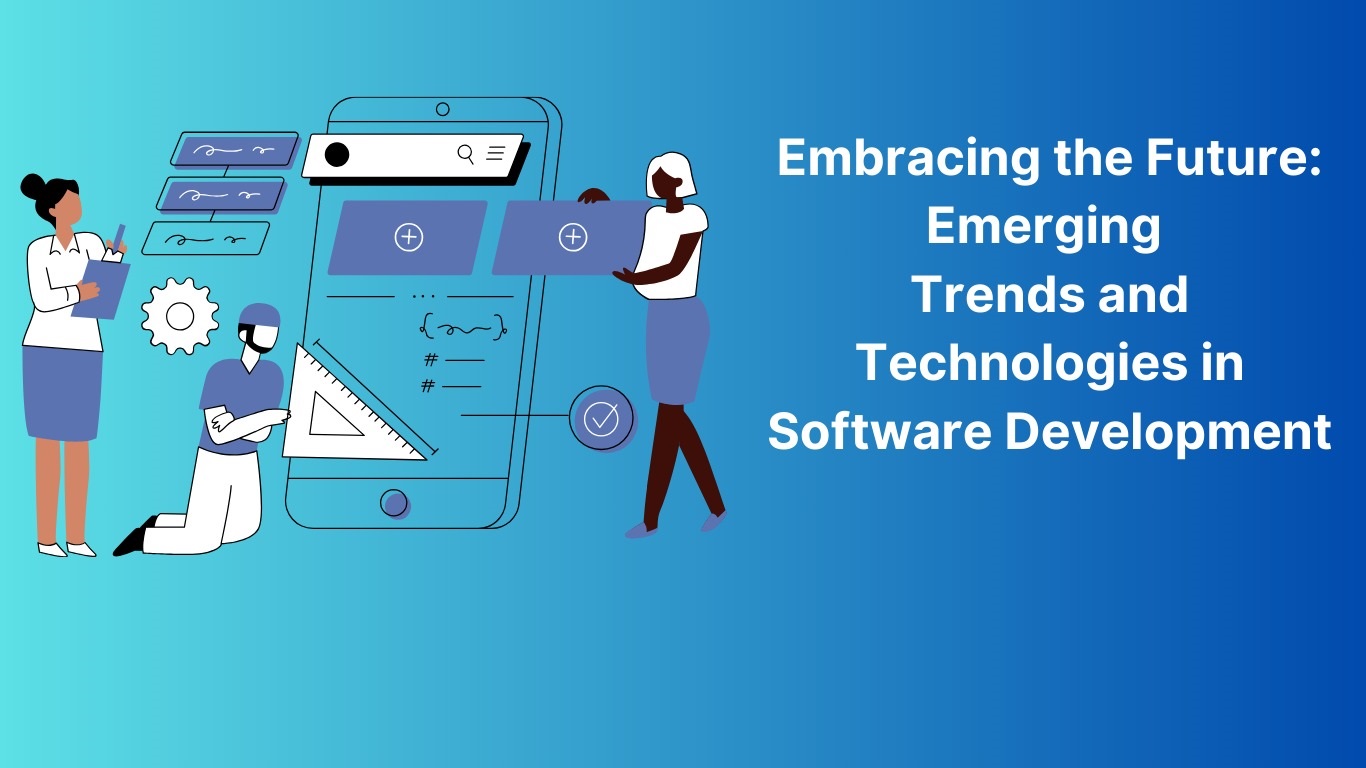In the ever-evolving realm of software development, staying ahead of the curve is not just a choice but a necessity. The industry is witnessing a surge in innovative technologies and trends that are reshaping the way software is built, deployed, and experienced. In this blog post, we’ll explore some of the key emerging trends that are driving the future of software development.
1. Artificial Intelligence and Machine Learning
Artificial Intelligence (AI) and Machine Learning (ML) have moved beyond buzzwords to become integral components of software development. AI is being leveraged for tasks ranging from automating mundane processes to making sense of vast datasets.
2. Edge Computing
The rise of Edge Computing is reshaping the way data is processed and delivered. By decentralizing computing power and moving it closer to the source of data, Edge Computing reduces latency and enhances the efficiency of applications.
3. Blockchain Technology
Blockchain, initially associated with crypto currencies, is finding applications beyond finance. Its decentralized and secure nature is being explored for supply chain management, transparent transaction processing, and the development of decentralized applications (D Apps).
4. Quantum Computing
The potential of Quantum Computing to revolutionize complex problem-solving and cryptography is gaining attention. While still in the early stages of development, its impact on software development could be transformative, solving problems that were previously deemed unsolvable by classical computers.
5. Low-Code/No-Code Development
Empowering both developers and non-developers, low-code and no-code platforms are simplifying the software development process. These platforms allow for the creation of applications with minimal hand-coding, accelerating development timelines and democratizing access to application creation.
6. Serverless Computing
Serverless computing is gaining momentum as developers seek more efficient ways to deploy and manage applications. With serverless architectures, developers can focus solely on writing code without the need to manage servers, leading to increased agility and cost savings.
7. Containerization and Micro services
Containerization, exemplified by technologies like Docker, and the adoption of micro services architecture are changing how applications are developed and deployed. These approaches provide scalability, portability, and efficient resource utilization, allowing for more flexible and agile development processes.
8. Continuous Integration/Continuous Deployment (CI/CD)
Automation continues to be a driving force in software development. CI/CD practices, emphasizing continuous integration and continuous deployment, ensure that code is tested and deployed rapidly and reliably.
Finishing up: As we navigate the rapidly evolving landscape of software development, company like Xovient exemplify the spirit of progress. By embracing emerging trends and technologies, we not only stay relevant but also contribute to shaping the future of the industry. Xovient’s dedication to innovation, security, and collaboration positions them as a key player in driving the software development landscape forward.
In the journey towards tomorrow, Xovient is not just a company; it’s a catalyst for change, a guide through the intricate maze of technology, and a testament to the infinite possibilities that lie ahead in the world of software development.

